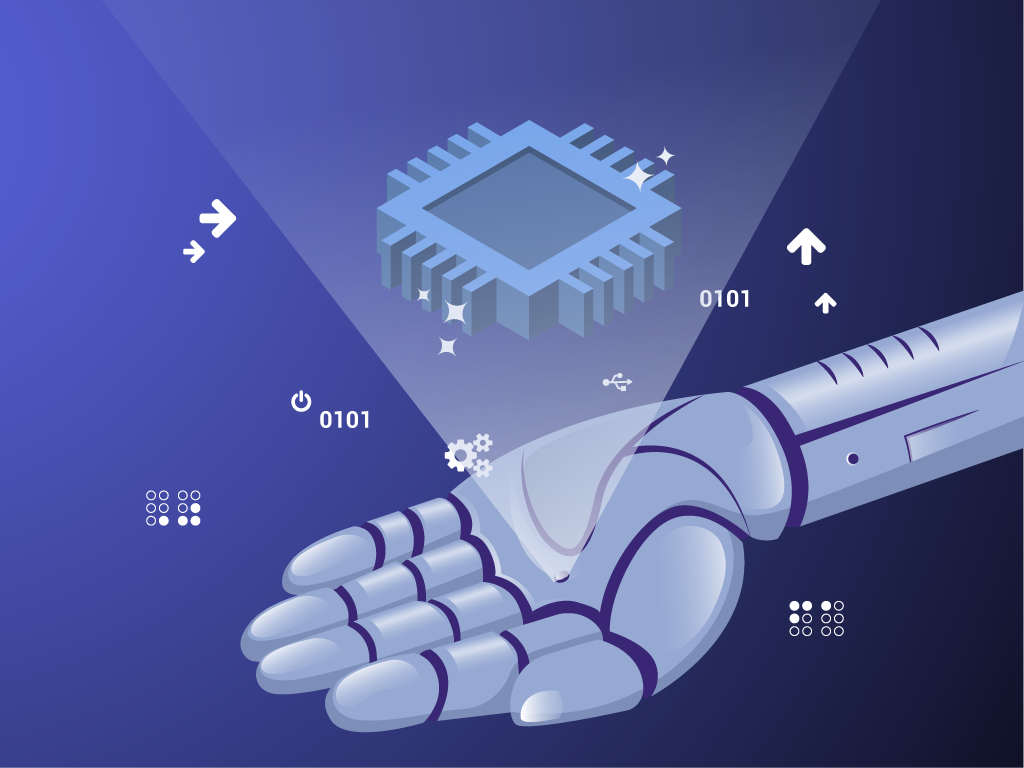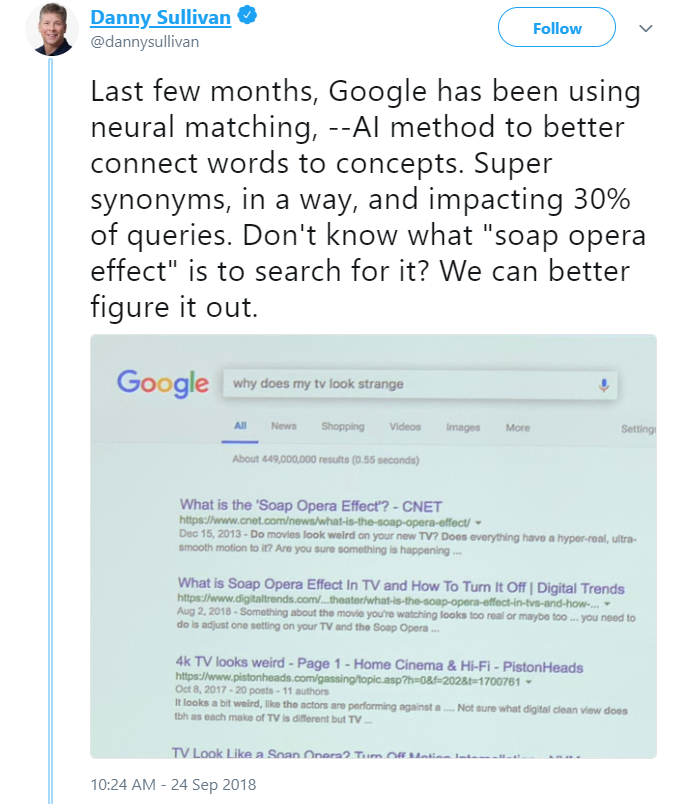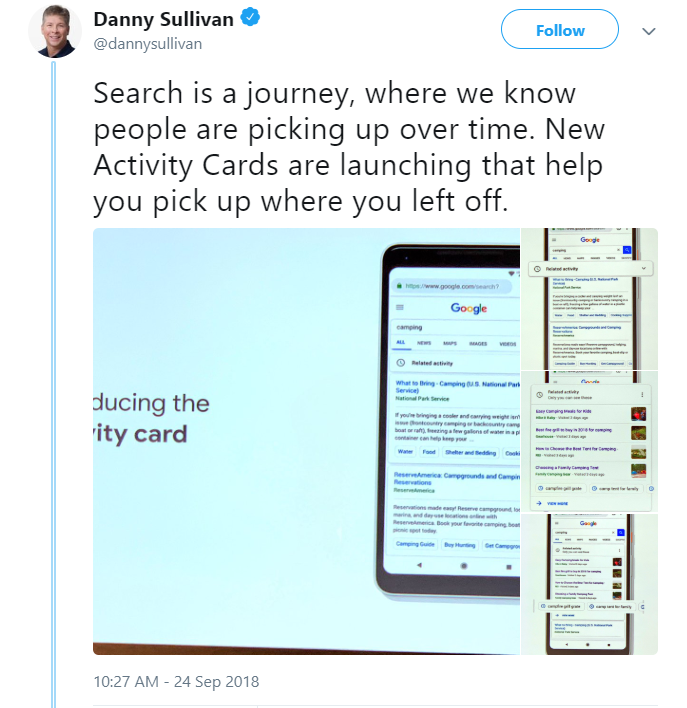How Neural Matching Can Change the Future of SEO
Google has just celebrated it’s 20th anniversary, which signals another new milestone for one of the world’s largest technology companies. During this milestone event, the company was able to make big and important announcements as well, with announcements like Google Lens being integrated into Google Images, a rebranding of their news feed, and the introduction of activity cards.
These new features aim to make Google an even more versatile search engine that is able to deliver informative and comprehensive results. Google has been launching numerous updates this 2018, and with more bound to arrive, expect the SEO industry to create new strategies and techniques to help make search work better for websites.
Another new and important feature that was announced by Google is the usage of the Neural Matching algorithm. Much of Google’s algorithm is still a mystery for a lot of people, even SEO professionals, and for Google revealing information about it is always big news in the search world. This new piece of information not only expands people’s knowledge about how Google works but also how SEO will be in the future. Here’s what you need to know about the new algorithm and how it shapes the future of SEO.
What we know about Google’s algorithms
Google has never fully disclosed their search algorithm in public, only providing partial information about which part of the search it affects. Some of these algorithm updates over the years include Google Vince and Venice, Google Panda, and Google Penguin. These algorithms have helped us understand Google more, and find out which websites are affected by these updates.
While this new algorithm allows us to find out more about Google’s search engine, it is also a new kind of algorithm, as it uses AI technology to generate and diversify search results for users.
What is Neural Matching?
Neural Matching is an algorithm that utilizes Google’s latest AI technology to be able to generate more diverse search results. This AI technology allows Google to understand and analyze the language much better. One example that was used to demonstrate this new algorithm is the sample query “Why does my TV look strange?”. Google will be able to process the question to provide a result that answers the question properly through understanding it better.
AI technology has been one of the things that Google has been putting more focus on this past year, with their demonstration of Google Assistant showing that their technology is able to perform human-like conversations in phone calls and be able to perform tasks independently.
Along with this sophisticated new AI system, Google also published Deep Relevance Ranking using Enhanced Document-Query Interactions. This research paper explains how Ad-hoc Retrieval works, which helps us understand how Neural Matching is accomplished on Google’s search engine. This system uses Document Relevance Ranking, which allows Google to rank documents and be able to track down the best search results and avoid spam other irrelevant results.
How will this shape the future of SEO?
With the implementation of AI into the Google search engine, this would mean that online search becomes more personalized than ever before, as the new algorithm understands search queries much better. This also means the development and implementation of new SEO strategies that will allow Google’s AI technology to allow our websites to be able to rank better in search results.
This makes question-based and exact search terms even more relevant than before, as Google can now understand these questions more deeply, and would be able to generate results that you would not have been able to find before. With voice and visual search becoming more important, having AI technology will surely bring about “smarter” results that would benefit more users and websites.
Other new features
Along with Neural Matching, Google has also introduced Activity Cards, which allows users to be view previous content relevant to their current search query. This will help more users revisit content that they might need, which comes in handy for people using Google for research. Search Collections is another new feature that helps in tracking down previous content. Users can collate articles, images, and videos in a single location, and access them at a later time. This comes in handy when doing content research and guest posting, as it helps gather up different ideas that can be used to create compelling content for a website.
Key Takeaway
AI technology has slowly been improving over the past few years, with AI assistants showing that they can perform multiple tasks, with the potential to do even more in the near future. With the Neural Matching algorithm becoming a part of Google search, we can expect new SEO strategies and techniques that would help future-proof our SEO, and keep our rankings up.
If you have questions and inquiries about Google Algorithms and SEO in general, leave a comment below and let’s talk.


